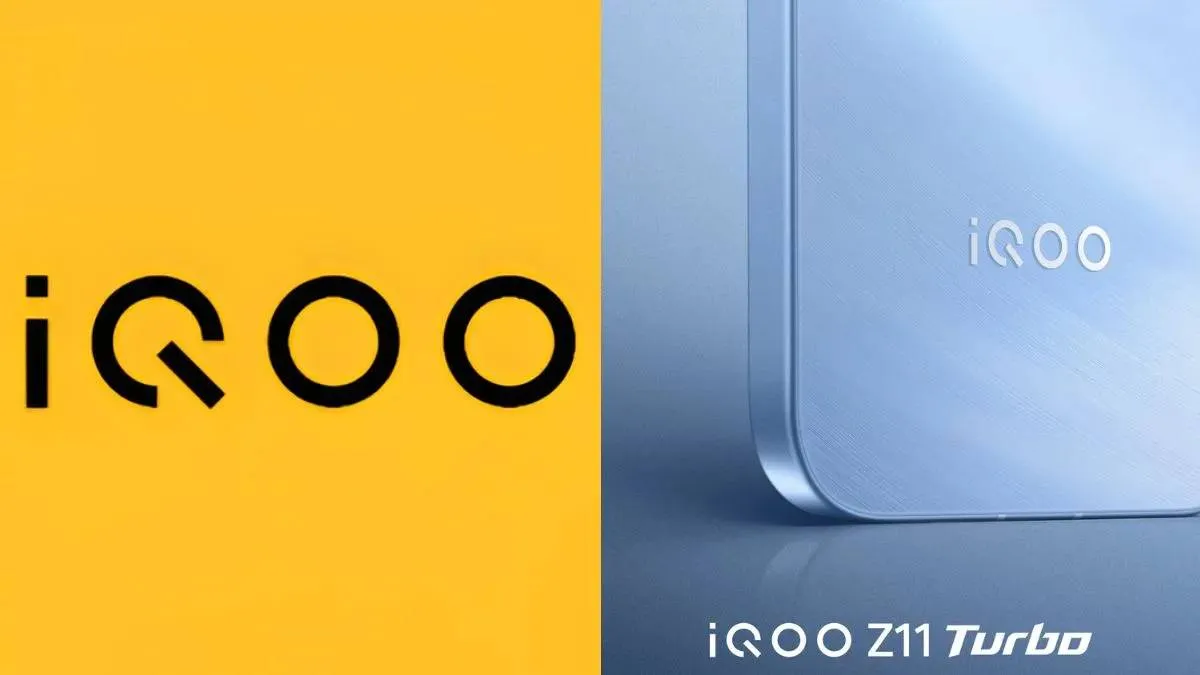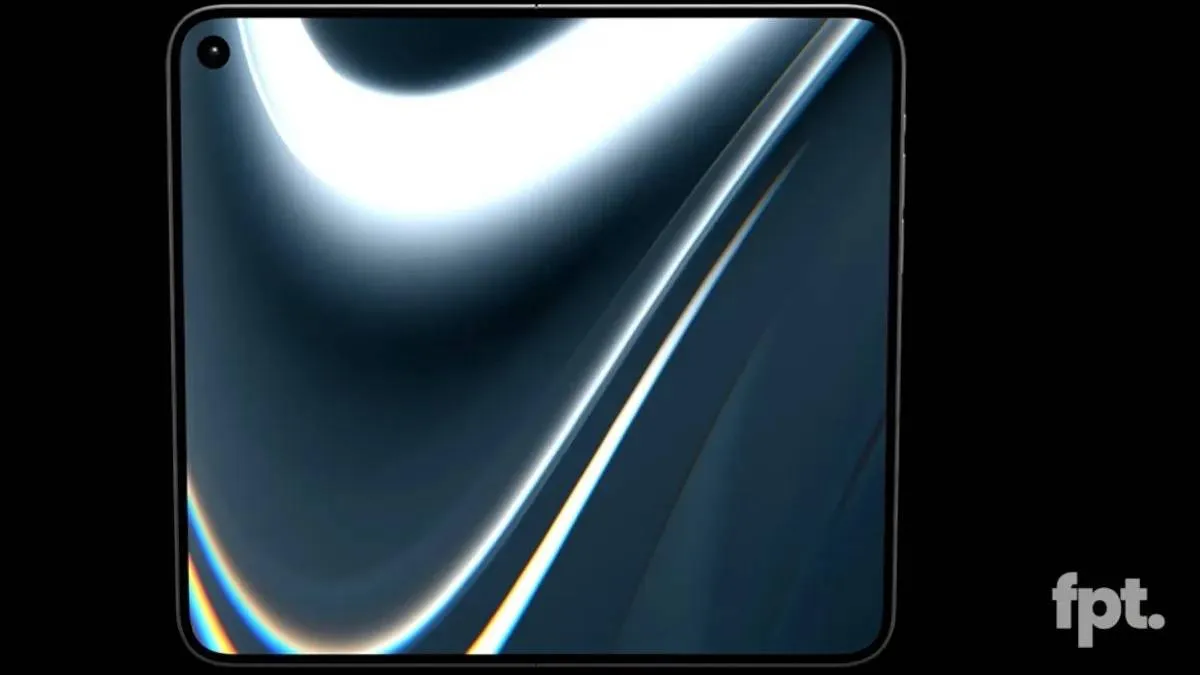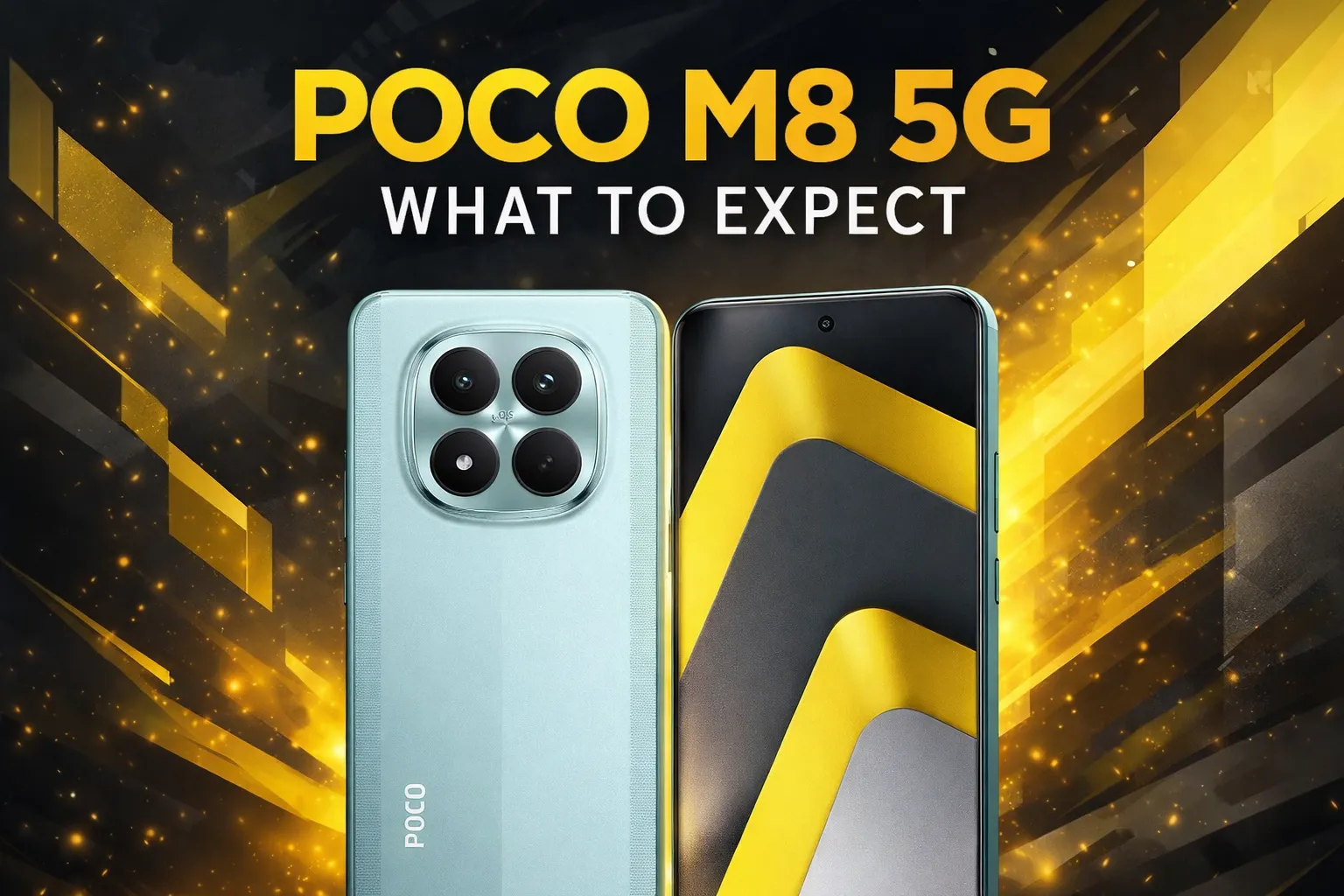Snapdragon 7+ Gen 3 Debuts to Bring More Capable Mid-range Phones
PhonesThursday, 21 March 2024 at 07:15
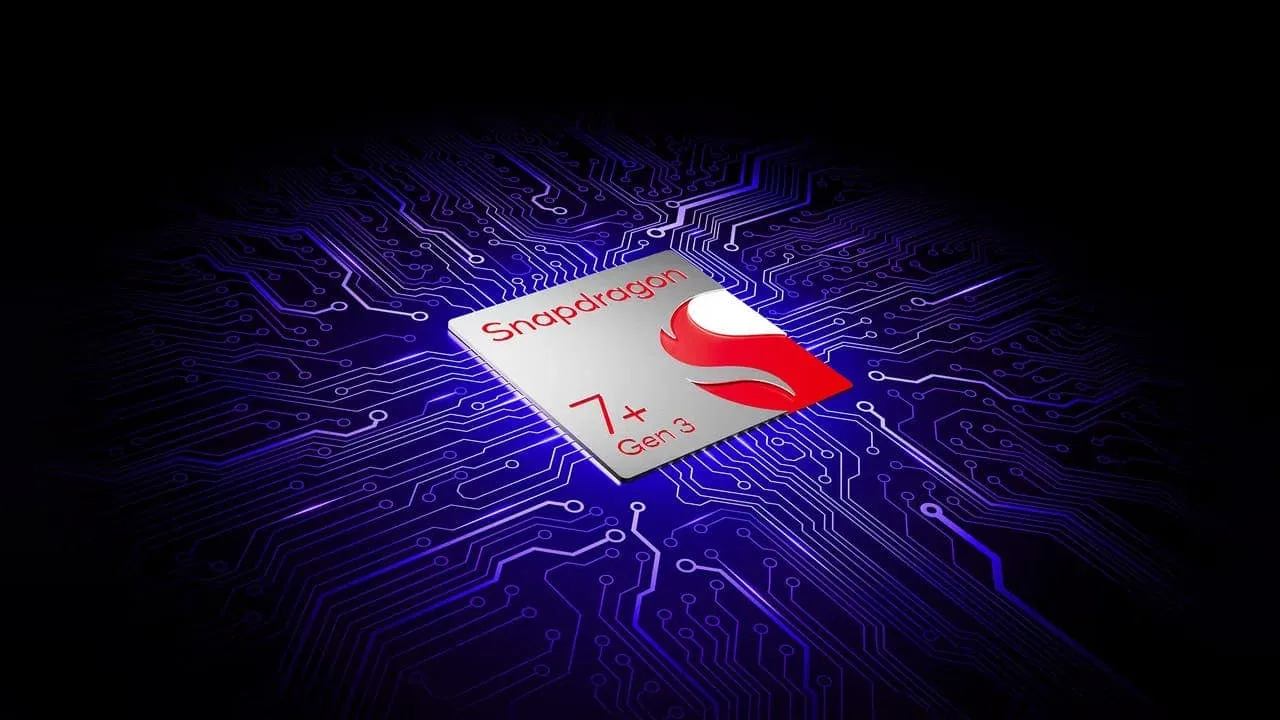
Just a few days back, Qualcomm unrolled the curtains on the Snapdragon 8s Gen 3. While the SoC is a step below the Snapdragon 8 Gen 3, it's still a flagship chipset. So, what about the mid-range smartphones? Today, the company launched the Snapdragon 7+ Gen 3.
Like the predecessor, the new Snapdragon 7+ Gen 3 aims to bring powerful mid-range phones. As a matter of fact, it has seen a noticeable performance boost, which means the upcoming mid-range devices will get a sizeable upgrade.
Qualcomm Wants to Offer a Flagship-grade Experience With the Snapdragon 7+ Gen 3
Like the flagship Snapdragon 8s Gen 3, the new 7+ Gen 3 is built on a 4nm TSMC process. But it's not only the process that makes it capable. Instead, it's more of the core configuration. To be specific, the SoC packs an octa-core CPU. It consists of one Cortex-X4 at 2.8 GHz, four Cortex-A720 at 2.6 GHz, and three Cortex-A520 Refresh at 1.9 GHz.
Of course, it's not the same core configuration as the Snapdragon 8s Gen 3 or 8 Gen 3. But the chip still has what it takes to deliver great performance. To be more specific, Qualcomm is promising a 15% boost in CPU performance over the Snapdragon 7+ Gen 2.

What About the GPU and AI Performance?
The GPU situation isn't as great as the processor part. This new chipset doesn't have ray-tracing support. This means it's not the same graphics as the one found in the Snapdragon 8s Gen 3. But that doesn't make the Snapdragon 7+ Gen 3 average in terms of graphical workloads.
Qualcomm says that the new chipset offers a 45% boost from the GPU of Snapdragon 7+ Gen 2. For reference, the GPU of the predecessor could beat the Samsung Galaxy S22 Ultra in stress tests. This means the newer chip can definitely win against some older flagship phones when it comes to GPU performance.
Other than that, the 7+ Gen 3 does bring great GPU features. That includes super-resolution and 120 Hz refresh rate support. It also brings frame interpolation. Unfortunately, the chipset doesn't have AV1 decoding support. That would've made the GPU more efficient in video streaming.
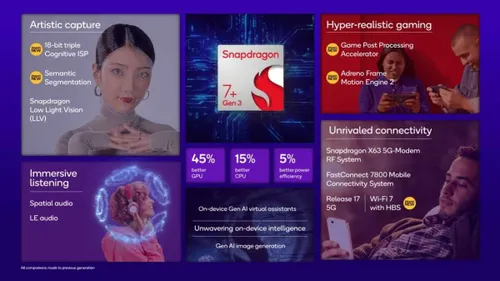
Qualcomm is also bringing on-device AI on the mid-range Snapdragon 7+ Gen 3. The company says that it supports stable diffusion image generation and Gemini Nano. Also, the chip brings support for multi-language translation, virtual assistants, and transcription.
But don't expect to get as fast experience as the Snapdragon 8s Gen 3 from the Snapdragon 7+ Gen 3. As Qualcomm notes, the 8-series SoCs offer "premium gen AI experiences."
But the Snapdragon 7+ Gen 3 Shoots for a Flagship-grade Camera Experience
The camera capabilities of the Snapdragon 7+ Gen 3 are impressive. It mirrors the Snapdragon 8s Gen 3 in many ways. The chip boasts a triple image signal processor (ISP) that can juggle three lenses seamlessly. This translates to potential support for high-resolution cameras like 200-megapixel sensors or triple 36-megapixel setups. The chip also supports real-time semantic segmentation. It is a fancy term for adding depth and detail to photos and videos.
While it doesn't capture 8K video, the 7+ Gen 3 offers most of the ingredients for exceptional camera experiences. It supports 4K HDR video recording at 60 frames per second and Google Ultra HDR photos. You also get slow-motion recording at a staggering 1080p/240fps. Additionally, multi-frame noise reduction ensures clearer low-light photos.

Connectivity and Other Features
One area where the Snapdragon 7+ Gen 3 takes a step back compared to the Snapdragon 8 series is the modem. It utilizes the X63 modem with peak download speeds of 4.2Gbps. This modem offers functionalities like improved reception and reduced power consumption, but it's not the absolute latest technology.
On the bright side, the Snapdragon 7+ Gen 3 inherits the top-of-the-line FastConnect 7800 wireless connectivity suite from the Snapdragon 8 Gen 3. This means you'll get access to cutting-edge WiFi 7 with HBS Multi-Link and Bluetooth 5.4 capabilities.
Other noteworthy features of the Snapdragon 7+ Gen 3 include a claimed 5% improvement in overall power efficiency, support for the latest LPDDR5X RAM and UFS 4.0 storage, and immersive Spatial Audio.
Availability and Expected Phones
Unlike its predecessor, the Snapdragon 7+ Gen 3 appears poised for wider adoption. Several phone manufacturers have expressed interest in using the chip, including OnePlus, Realme, and Sharp.
The wait for these devices won't be long. OnePlus has already confirmed the launch of the OnePlus Ace 3V in China on March 21st. It will be the first phone to feature the 7+ Gen 3.

While Qualcomm remained tight-lipped about US availability, they did describe the Snapdragon 7+ Gen 3 as a "global chipset." This bodes well for users in Europe, India, and other markets outside of China.
Expected pricing for phones featuring the 7+ Gen 3 falls between $400 and $600. This aligns with Qualcomm's previous estimates for the more premium Snapdragon 8s Gen 3, which is expected to power phones priced between $500 and $800.
Popular News
Latest News
Loading
